I was as surprised as anyone to find out that in 1974 Marvel Comics under the Curtis Magazine logo published Comix Book edited by Denis Kitchen of Kitchen Sink Press and lasted only five issues (Marvel published the first three issues and Kitchen Sink Press published issues 4 & 5). In 1973 Stan Lee who was now the publisher of Marvel Comics and invited Kitchen to New York to edit for him. Lee proposed Kitchen to create a “hybrid” magazine that would bring the work of underground talent to a larger audience. The magazine could not have the Marvel name on it due to the explicit nudity, sexuality and language that the underground comics where famous for. The biggest issue that Kitchen had wanted for the artists was retaining the copyrights and returning the original artwork the creators that was standard for underground publishers but not at Marvel. Though this became a tug of war between Marvel and Kitchen he eventually was able to get them both. For the contributors the pay was quite good for the time. They were used to getting $25 per page and Marvel was paying $100 per page.
For a lot of the artist it was hard to pass up the money and considering the economic climate at the time most didn’t have a problem working for “The Man” so to speak. The artist knew upfront that there would be certain excesses that were allowed in the underground comics would have to be curtailed in the Comix Book stories. While Kitchen was able to get a number of high-profile artist to work on the book like S. Clay Wilson, Art Spiegelman, Kim Deitch, Trina Robbins, John Pound, Peter Poplaski, Justin Green, Howard Cruse, and Skip Williamson among others. Kitchen also wanted to get artist from outside the underground scene. They included Mike Ploog, Basil Wolverton, and the legendary Alex Toth. Toth had done a ten page story 39/74 but Lee rejected it and Kitchen wrote to Toth and said “To make a long story short, your story isn’t going to be used. Stan Lee rejected it outright. He thought it was totally inappropriate for the magazine. . . and dull” Kitchen had hoped that the magazine would eventually evolve from its underground roots to a more experimental magazine.
The two noticeable holdouts were Bill Griffith and Robert Crumb. Crumb whom wrote a letter to Kitchen and was printed in the book “[The money] is mighty tempting but I’ll never sell out! Not me!! Too bad you got stuck with the dirty work of being editor. I don’t envy you a bit, as you’re the guy everybody gets mad at…” Griffith and Spiegelman later started Arcade magazine that would pay artist $50 a page and offered the normal freedom of traditional underground comics. While Arcade had great production value it still was missing one thing, national distribution. It sadly divided many underground artists and was a bitter feud for many. As the fifth issue was being assembled and issue three was hitting the newsstands Kitchen had announced that the long battle with Marvel over copyright was finally over but two weeks later Marvel pulled the plug on Comix Book. There were two issues of material that were finished and Marvel gave Kitchen permission to bring those issues out under the Kitchen Sink Press imprint.
While in the long run Comix Book may have not enjoyed mainstream success that both Kitchen and Lee had hoped for it did ironically have a huge impact on the larger comic book companies. Marvel had cited sales for the reason of the cancellation of Comix Book, but many believe that it was a much more political decision. Kitchen had heard from friends that many artist and writers in the Marvel bullpen were very unhappy that the rights for the hippies were better than theirs. The artist on Comix Book were getting special status like returned artwork and getting their copyright back. Marvel may have inadvertently started the revolution of comic creators getting royalties and return of their artwork that are now routine in the industry.
Editor’s Note: The above information is paraphrased from the introduction by James Vance in the Best of Comix Book hardcover. I did not know of the story of Comix Book before I had read this collection.
Dark Horse Comics with Kitchen Sink Press has released a hardcover collection of select material from the five issue run. It includes introductions from both Lee and Kitchen and an extremely informative history by James Vance. The story of how Comix Book came into existence is probably not known by many comic fans. While most people are familiar with a few underground comics from Robert Crumb (Fritz the Cat), Bill Griffith (Zippy the Pinhead), Howard Cruse (Stuck Rubber Baby), and of course Art Spiegelman (Maus) most mainstream comic book readers are very unfamiliar with the whole underground comic book scene. The Best of Comix Book is a good introduction to the underground scene. While the stories are not as edgy as pure underground comics due to the compromise of being published by Marvel Comics, it does give a nice cross-section to many different talents of the time. As with any anthology there are going to be artist that you like and some that you may not, but if you never try to experience new things then there are a lots of great work that you will be missing out on. While for a younger reader who doesn’t know the period of the times that the underground comics was all about (I myself was too young to know of all of the events of the period), it does provide some great insight to history of both current events and comics breaking out of the traditional molds of superhero comics from DC and Marvel at the time.
While each story will have a different impact on each individual reader the overall impression it will leave you is quite impressive. Some stories will not have the same impact as others. There are some that you will probably not like at all but, they each have an individual voice. Some of my favorite stories are Barefootz by Howard Cruse, Flip the Bird by John Pound, Wonder Person by Trina Robbins, Henry Henpeck by Willy Murphy, Die Bubbeh by Sharon Rudahl, The Bottle Shop by Lee Marrs, and 39/74 by the great Alex Toth. This book shows how important underground comics were at the time and how they changed the way that comics were told. Maus by Art Spiegelman is the only comic that has won the prestigious Pulitzer Prize and though it was previously published in Funny Animals, being published in Comix Book was a huge boost to get the story into the mainstream. The book also has never before unused art and behind the scenes photos, letters and advertisements. There are also two previously unpublished stories 39/74 by Toth
and Wonder Person by Robbins included in the collection. While it would have been nice to have a complete reprint collection of the entire five issue run, I am guessing that might have not been possible due to the availability of the artwork. It’s noted by the designer of the book John Lind that some of the source for the book from proof sheets, stats and some original artwork and in some cases the original printed books.
Comix Book is a time capsule of the period and it is a highly recommended book. The book transports you to a time of change in both the world and the comic industry itself. It was a period of unlimited creativity both in stories and in art and was the beginning of the creator owned comic book that took the underground comics to the mainstream and things would never be the same again.

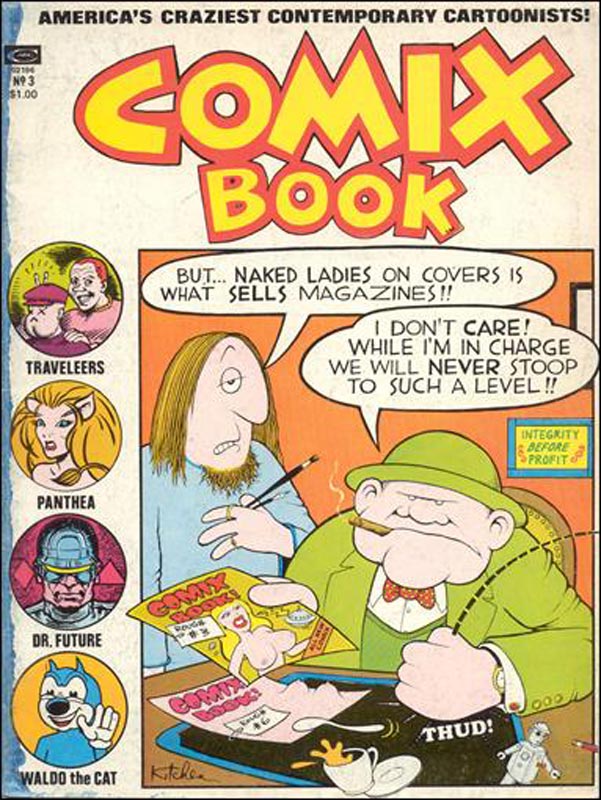
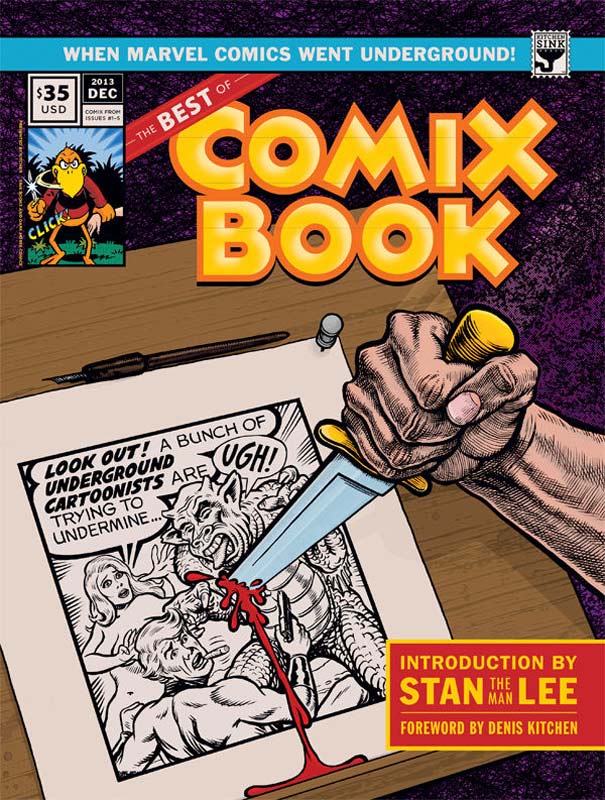
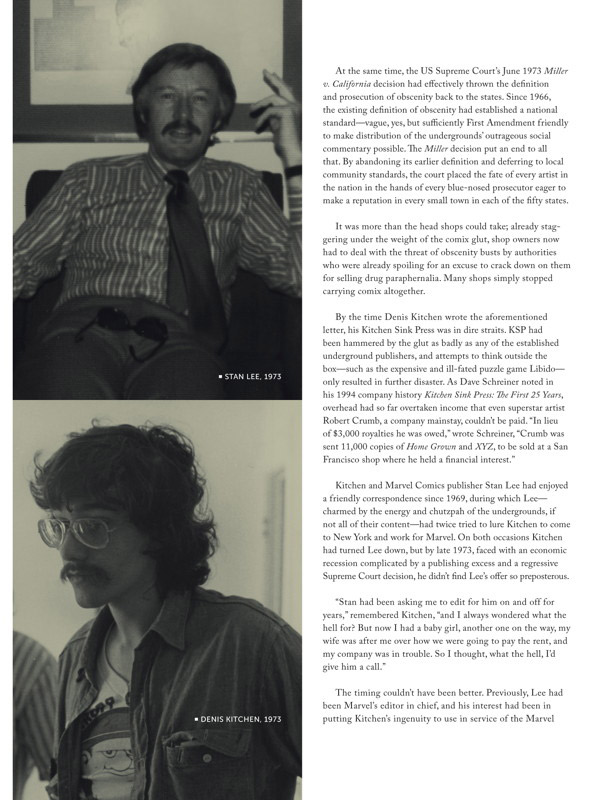
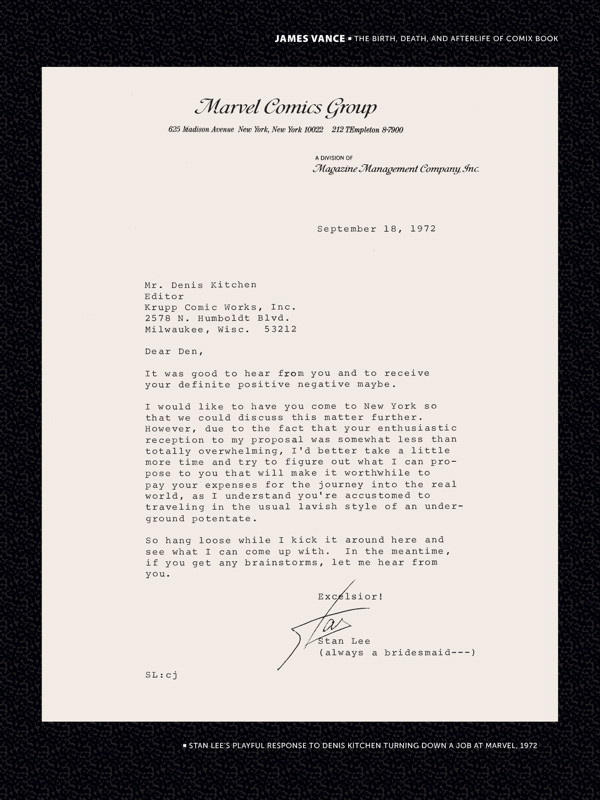
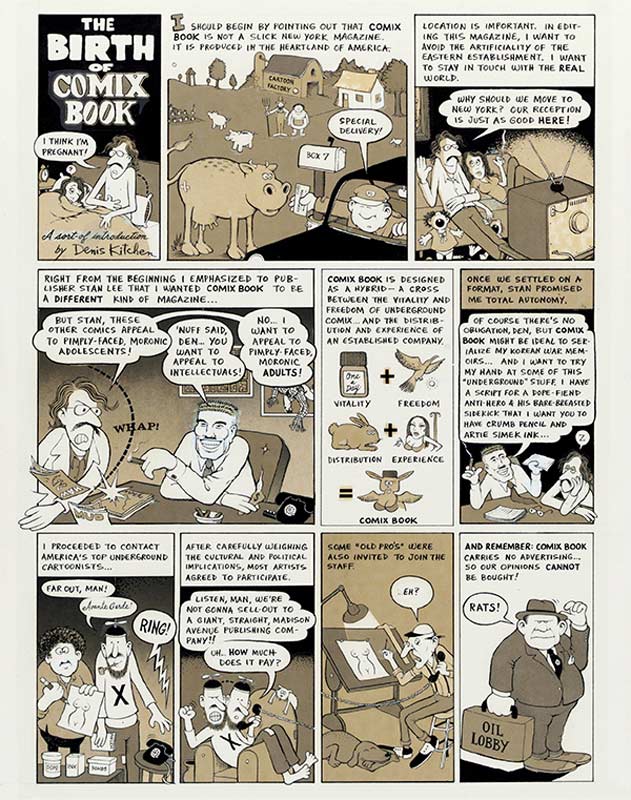
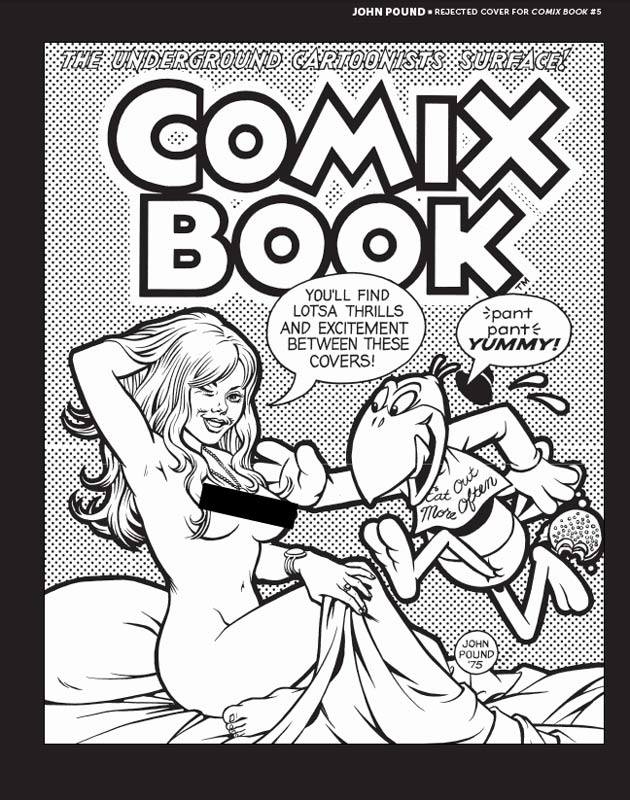
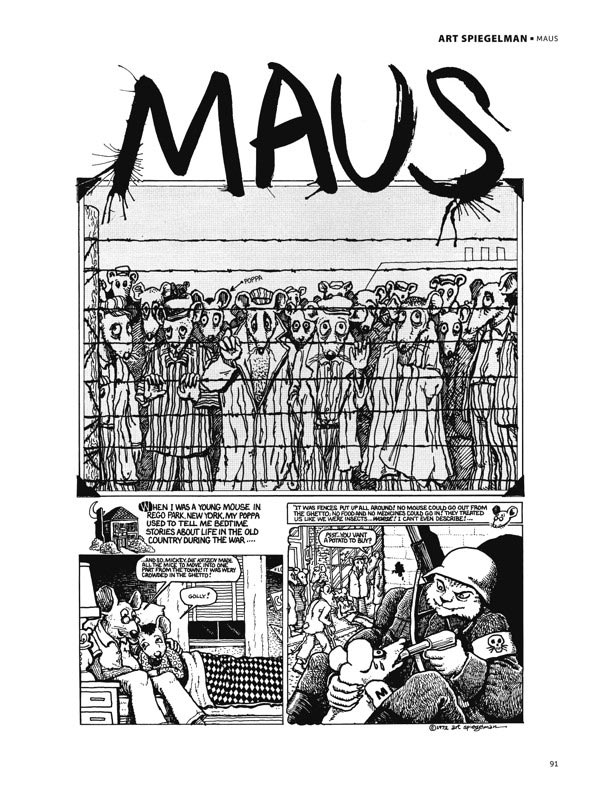
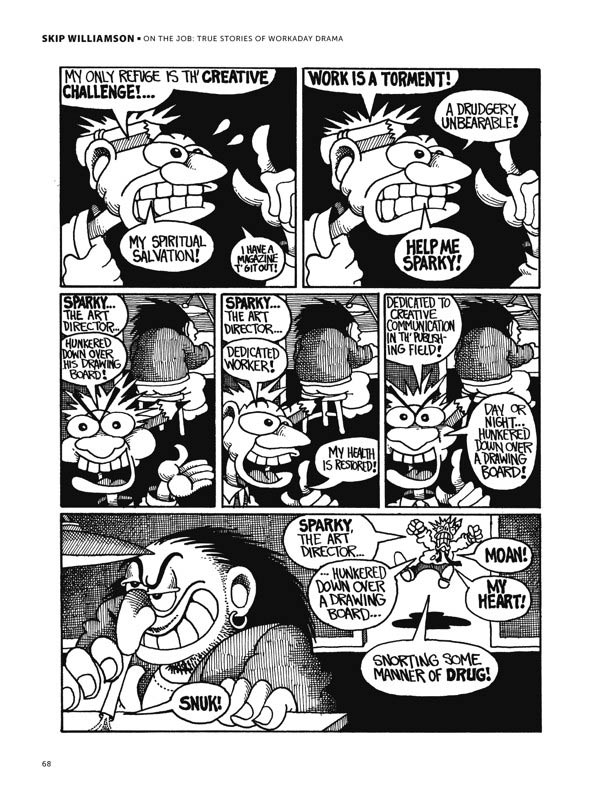
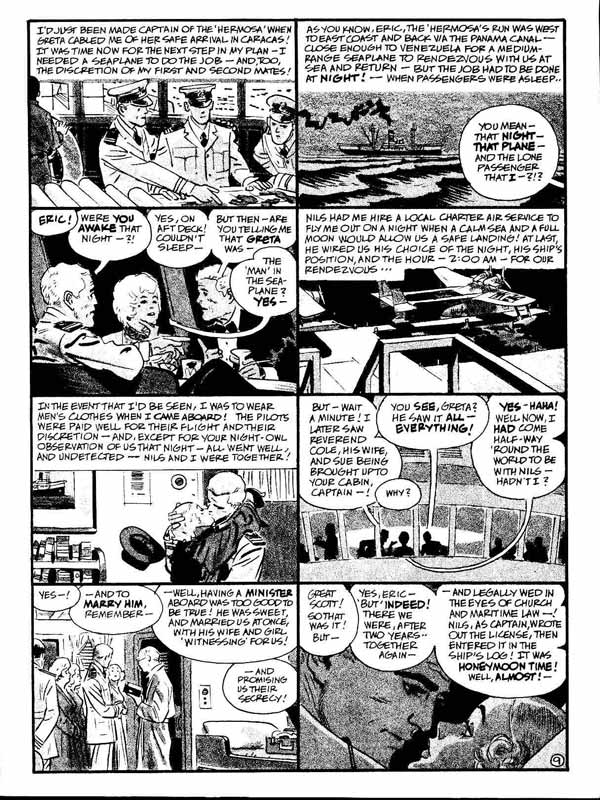
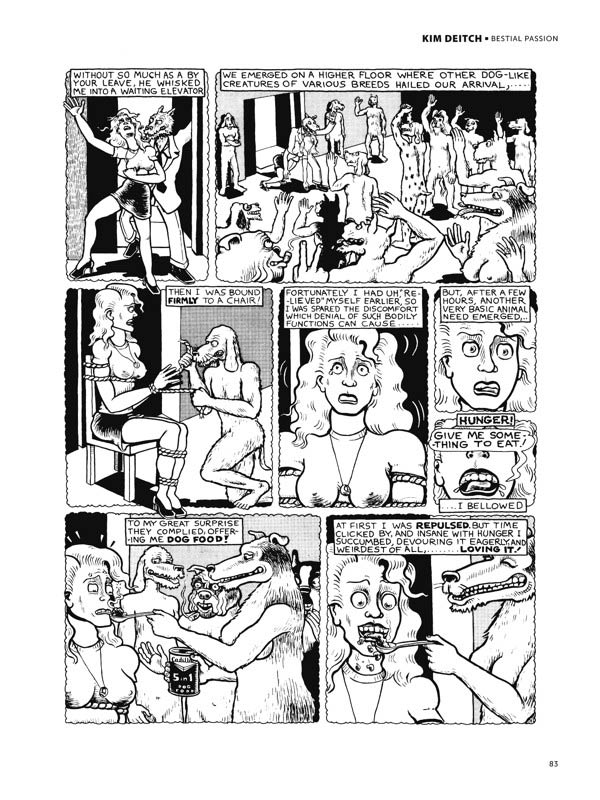
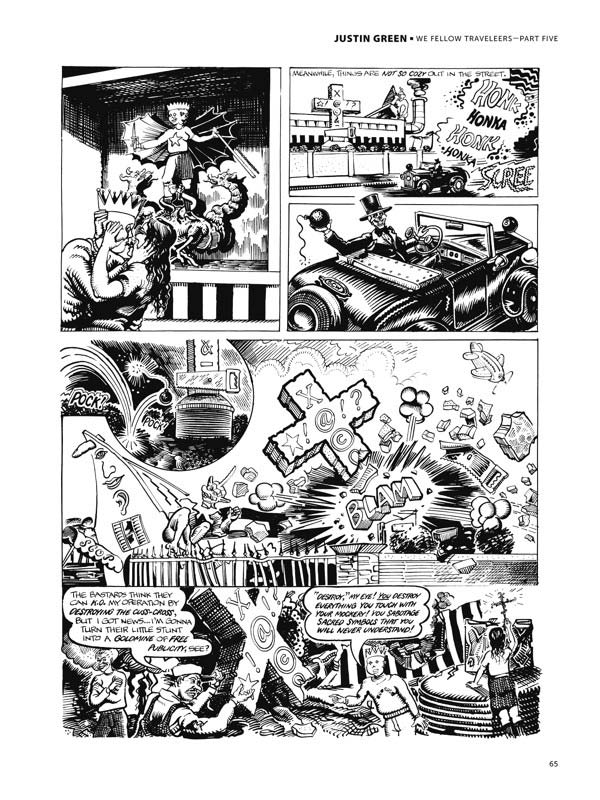
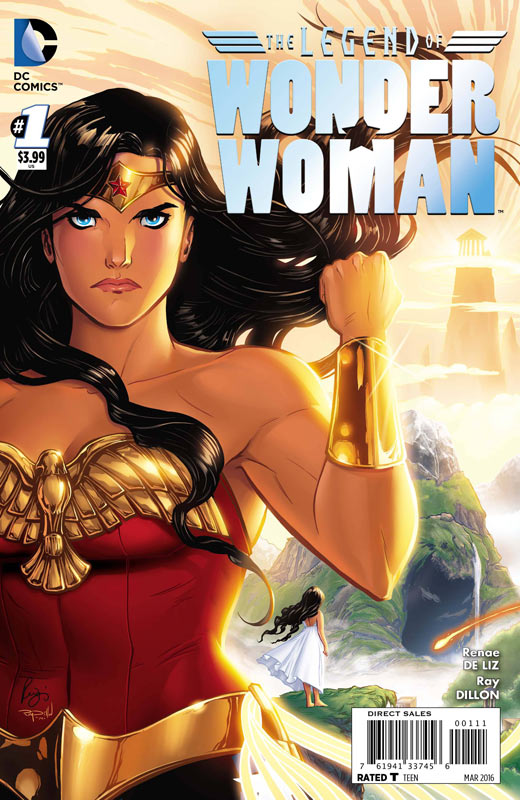

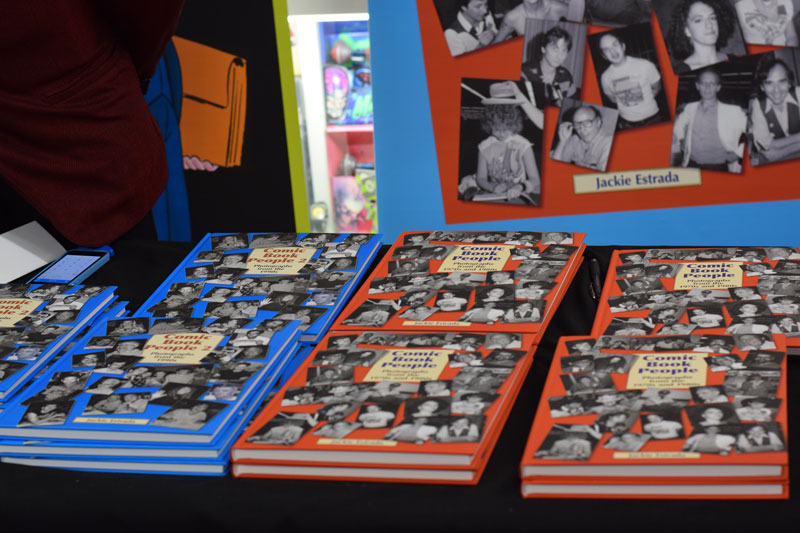
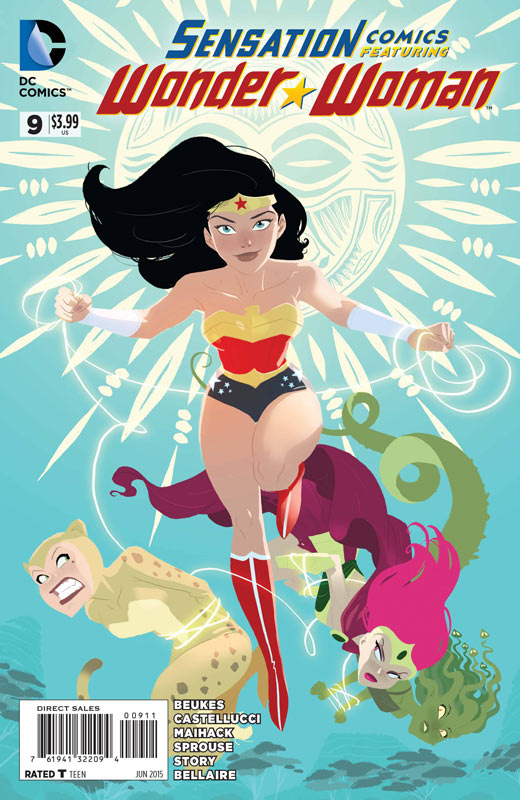
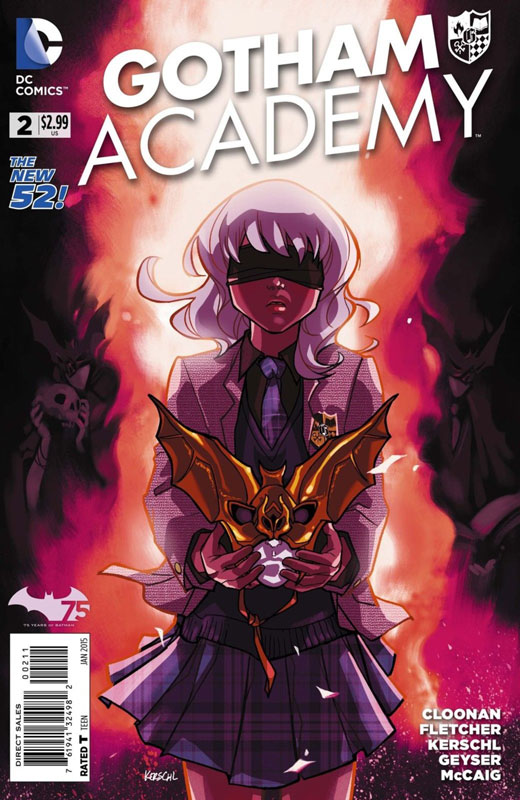

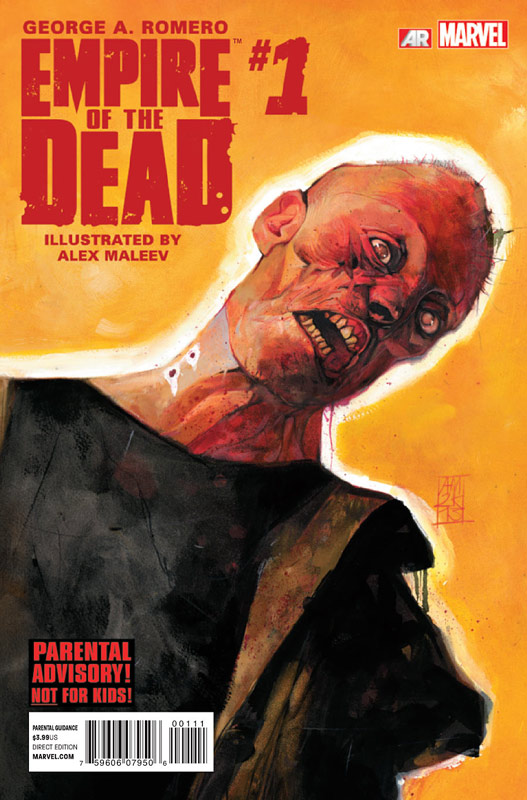





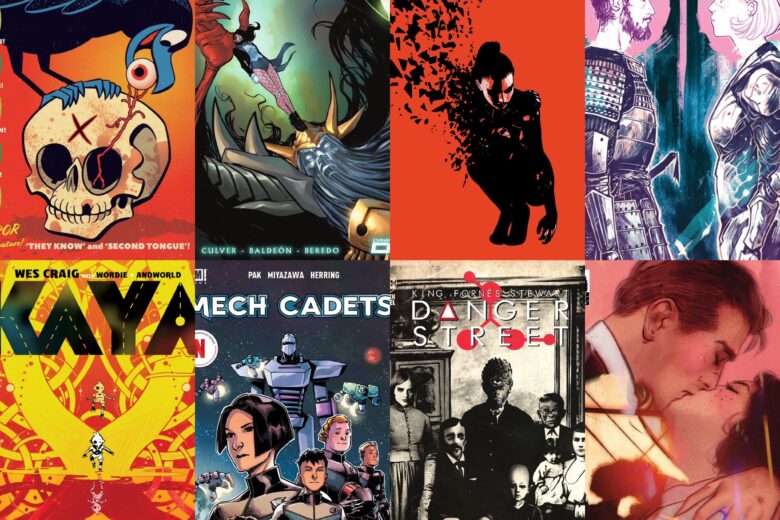
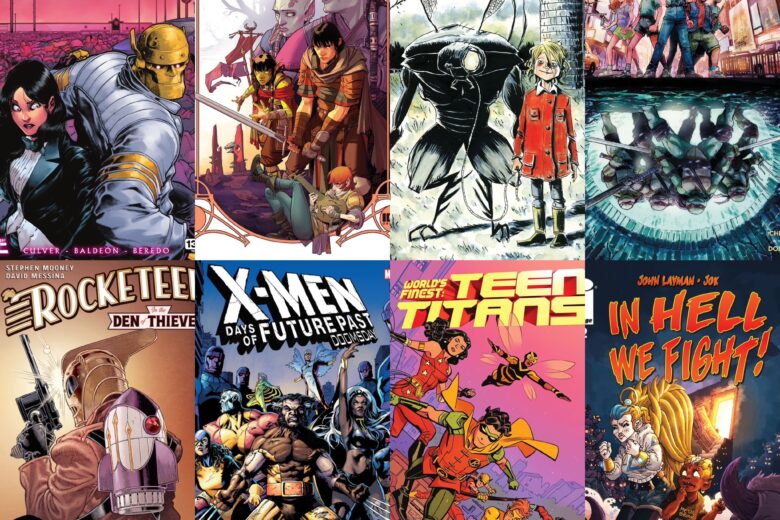
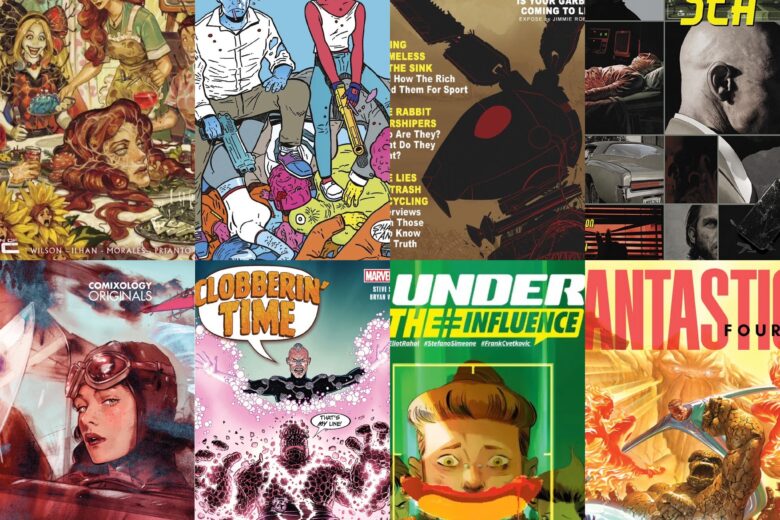
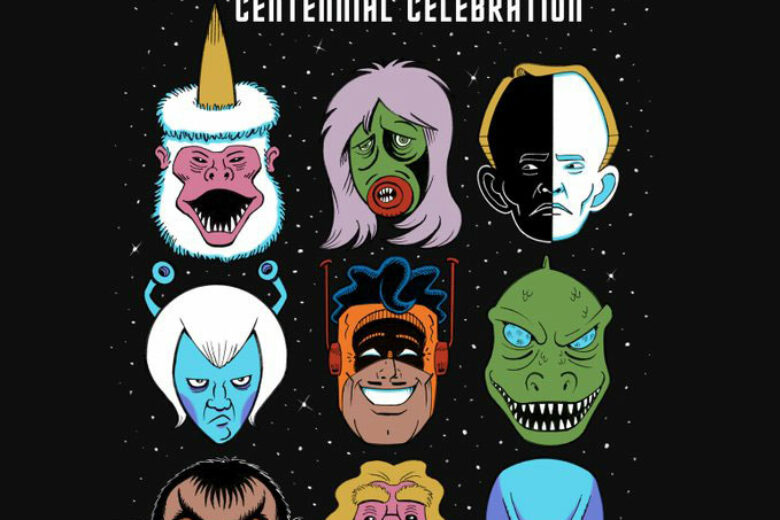
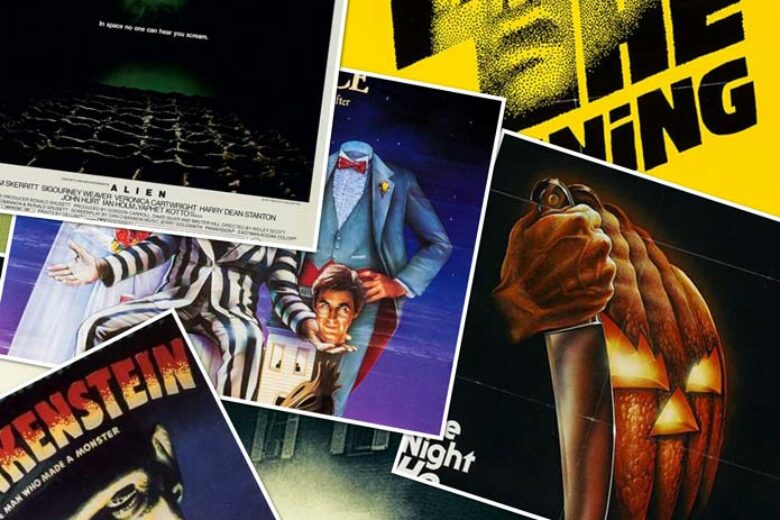
0 Comments